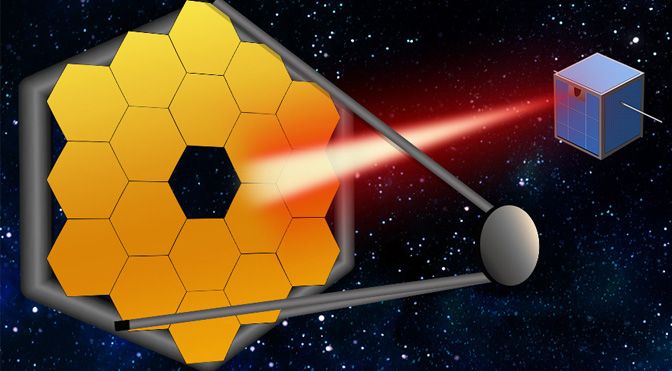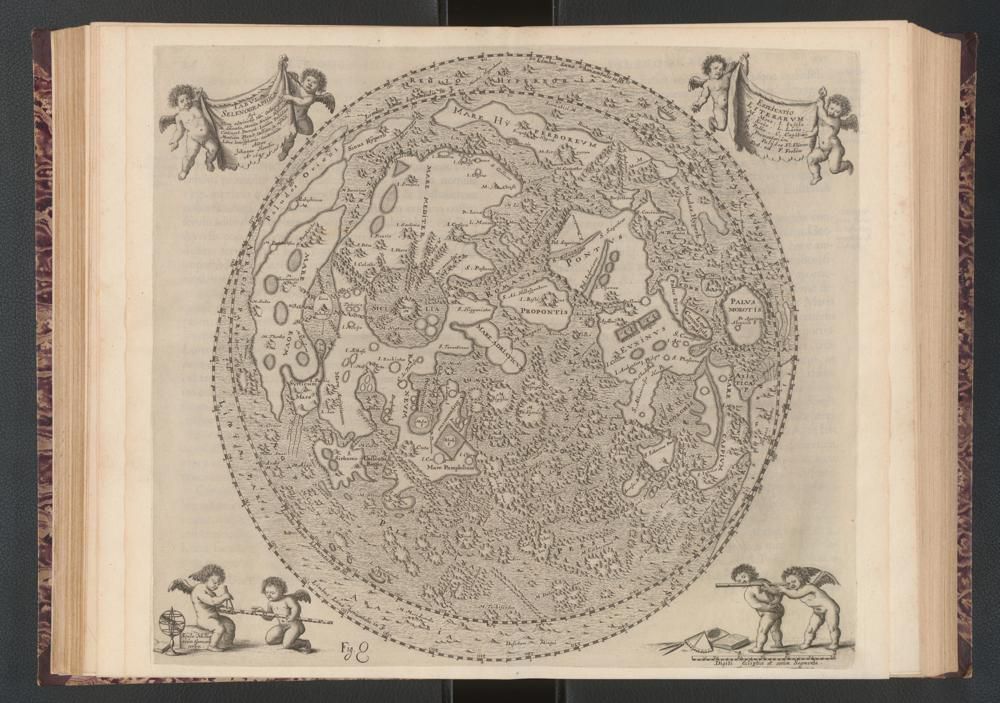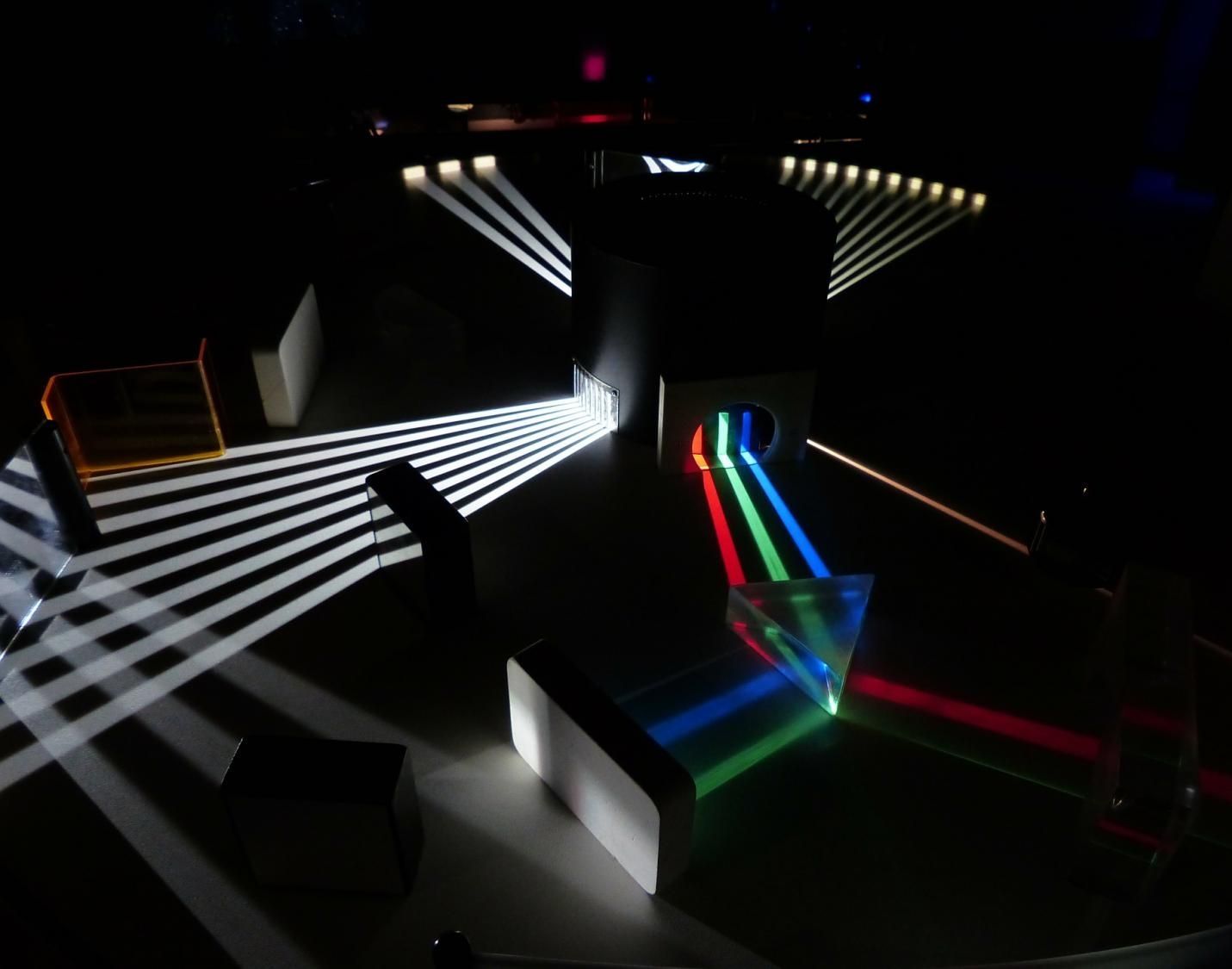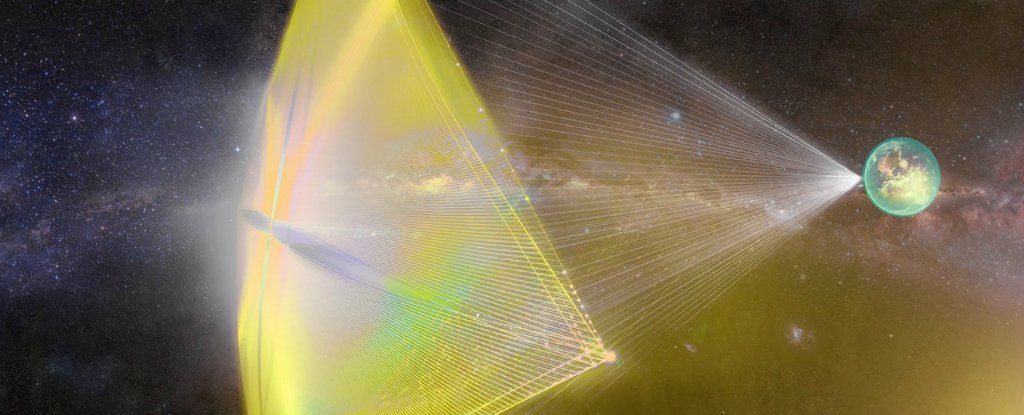Jan 4, 2019
MIT Envisions ‘Guide Star’ Satellites to Stabilize Giant Telescopes
Posted by Shailesh Prasad in categories: innovation, satellites
Missions like the Kepler Space Telescope and the newer Transiting Exoplanet Survey Satellite (TESS) have revealed thousands of exoplanets out there among the stars, but we know surprisingly little about them. To get up close and personal, we’re going to need extremely precise space telescopes. MIT scientists have proposed an innovative way to make sure those instruments remain calibrated and capable of peering at distant exoplanets. They suggest designers incorporate a smaller secondary satellite that can act as a “guide star” for the telescope.
Space researchers are anxious to get new super-sized telescopes in space because the equipment we have right now is only adept at finding planets and relaying basic information. Most exoplanets in the database were discovered via the transit method, which watches for dips in brightness as planets pass in front of their home stars. From this, we can often discern a planet’s size, orbit, and approximate temperature. To get detailed data about its atmosphere and composition, we need telescopes like the upcoming (and chronically delayed) James Webb Space Telescope.
Webb will offer much greater imaging prowess than Hubble because its primary mirror is larger, composed of 18 hexagonal segments with a total diameter of 6.5 meters. In the coming decades, space telescopes could reach 15 meters with as many as 100 mirror segments. Such telescopes would have a coronagraph, an instrument capable of separating the intense light of a star from the faint light of an exoplanet. If this measurement isn’t perfect, the telescope would be unable to resolve the details on a planet.
Continue reading “MIT Envisions ‘Guide Star’ Satellites to Stabilize Giant Telescopes” »

















